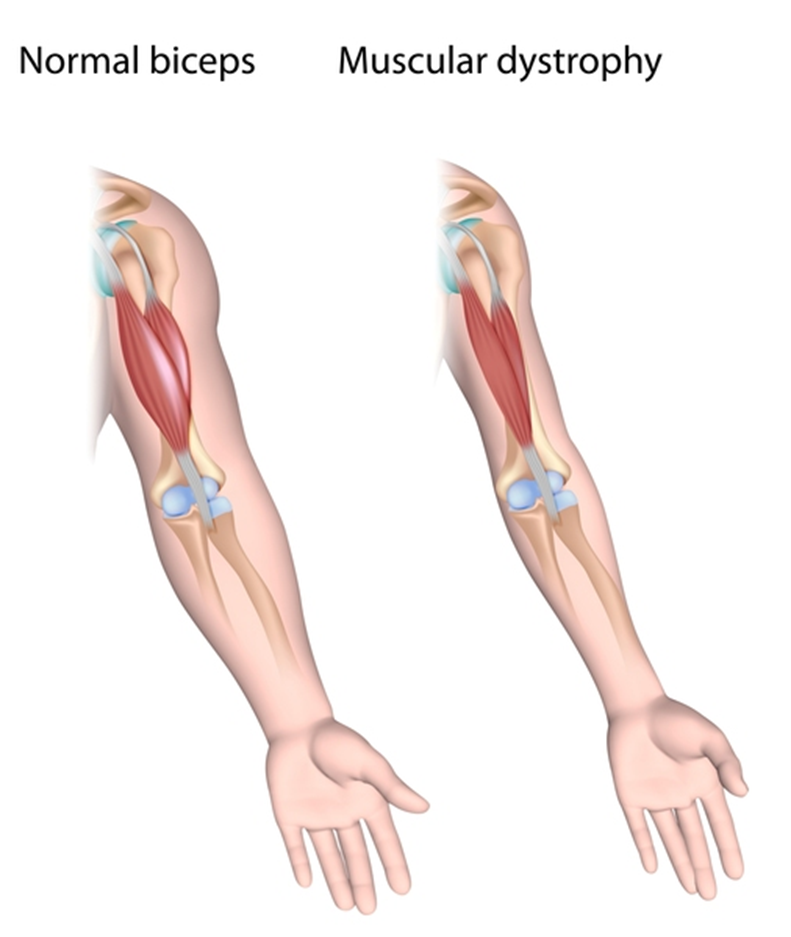During a home health visit, a school-age child who has muscular dystrophy confides in the nurse that he was struck by his parents. Which of the following actions should the nurse take first?
Report the incident to local authorities
Check the child for injuries
Refer the parent to a social service agency
Enroll the parent in anger management classes
The Correct Answer is B
Choice A reason: Reporting the incident to local authorities is an important action, but it is not the first priority. The nurse should first assess the child's physical condition and provide any necessary care.
Choice B reason: Checking the child for injuries is the first action the nurse should take, as the child may have sustained physical harm from the abuse. The nurse should document any findings and report them to the appropriate authorities.

Choice C reason: Referring the parent to a social service agency is a helpful action, but it is not the first priority. The nurse should first ensure the child's safety and well-being.
Choice D reason: Enrolling the parent in anger management classes is a potential intervention, but it is not the first priority. The nurse should first address the immediate needs of the child and the family.
Nursing Test Bank
Naxlex Comprehensive Predictor Exams
Related Questions
Correct Answer is A
Explanation
Choice A reason: Determining the client's understanding of her living situation is the first action that the nurse should take. This is based on the principle of client-centered care, which states that the nurse should respect the client's values, preferences, and needs, and involve the client in the decision-making process. The nurse should assess the client's perception of her homelessness, the factors that contributed to it, and the resources that are available to her.
Choice B reason: Assisting the client to develop goals for obtaining shelter is not the first action that the nurse should take. This is an important intervention, but it should be done after the nurse has assessed the client's understanding of her living situation and explored the client's readiness and motivation to change.
Choice C reason: Discussing the risks of being homeless with the client is not the first action that the nurse should take. This is an important intervention, but it should be done after the nurse has assessed the client's understanding of her living situation and established a trusting relationship with the client. The nurse should avoid being judgmental or paternalistic, and instead use a harm reduction approach that focuses on minimizing the negative consequences of homelessness.
Choice D reason: Developing client teaching using a variety of strategies is not the first action that the nurse should take. This is an important intervention, but it should be done after the nurse has assessed the client's understanding of her living situation and identified the client's learning needs and preferences. The nurse should use strategies that are appropriate for the client's literacy level, language, culture, and cognitive ability.
Correct Answer is D
Explanation
The correct answer is D.
Caffeinated beverages should be replaced with caffeine-free beverages. High levels of caffeine can cause low birth weight and may increase the chance of miscarriage. Pregnant women metabolize caffeine more slowly, which can affect the fetus.
Choice A reason: The need for supplemental folic acid is greatest during the first trimester to prevent neural tube defects. The recommended daily dose is 600 mcg.
Choice B reason: Adolescent pregnancy is associated with a higher risk of low birth weight infants, not high birth weight.
Choice C reason: Pregnant adolescents generally need to gain an appropriate amount of weight, similar to adult mothers, to support the growth and development of the fetus. The weight gain recommendations during pregnancy are based on the mother's pre-pregnancy BMI.
Whether you are a student looking to ace your exams or a practicing nurse seeking to enhance your expertise , our nursing education contents will empower you with the confidence and competence to make a difference in the lives of patients and become a respected leader in the healthcare field.
Visit Naxlex, invest in your future and unlock endless possibilities with our unparalleled nursing education contents today
Report Wrong Answer on the Current Question
Do you disagree with the answer? If yes, what is your expected answer? Explain.
Kindly be descriptive with the issue you are facing.
